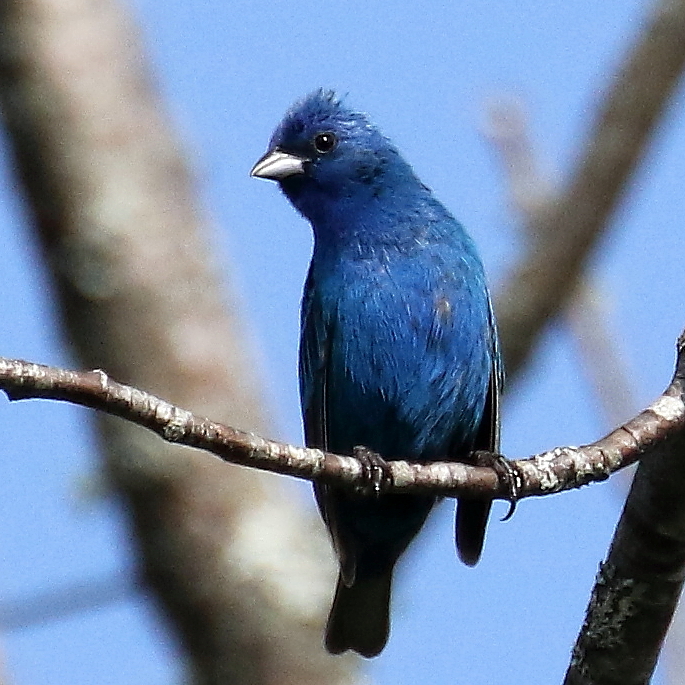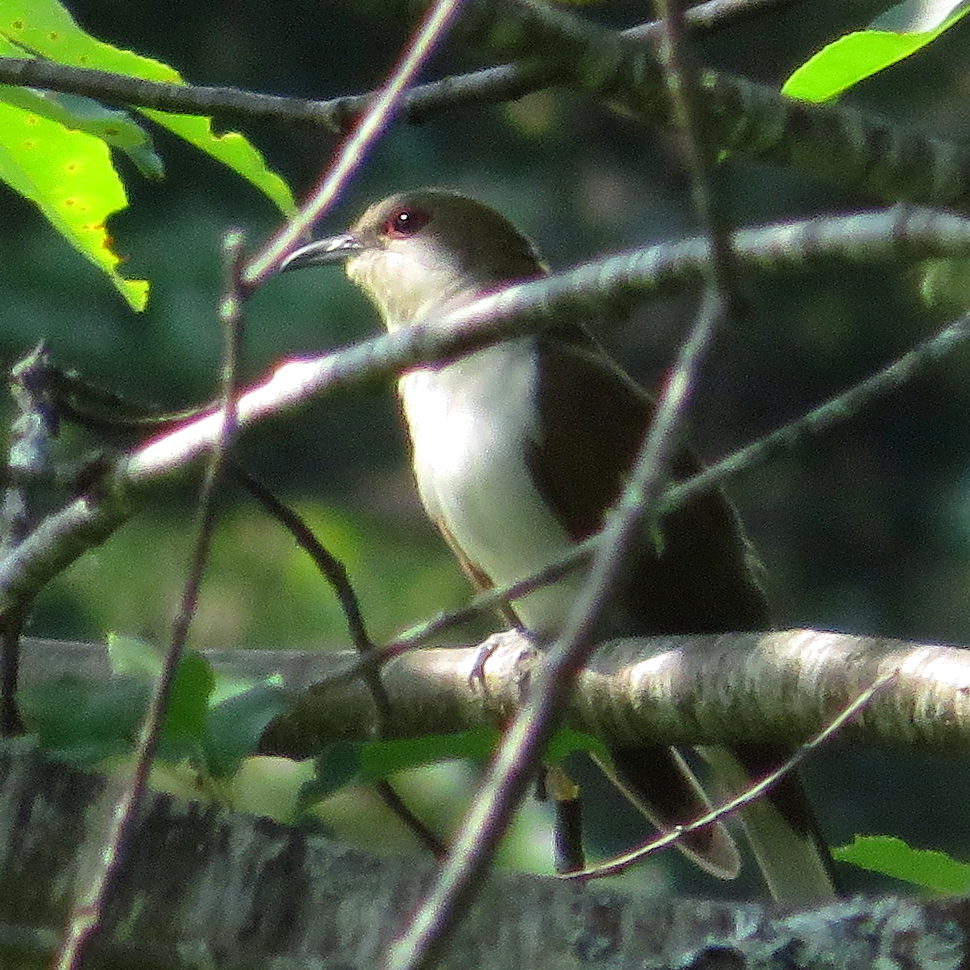By David Forsyth
An eBird birding hotspot has now been designated in the Randolph Community Forest, along the section of the Presidential rail trail where it intersects the Farrar tract of the Forest. A hotspot is a public location where there would be some interest in birds due to the habitat or simply a place that birders frequent. EBird is a citizen science program of the Cornell School of Ornithology wherein birders report their observations of the species and the number of individuals of the species they see at any particular location, with time and date specified. Frequently visited or interesting locations can earn the hotspot designation, which helps people know where to go find particular birds.
Through the eBird program (eBird.org) one can search for a particular bird and where it has been seen recently or search the location and see which birds occur there. The hotspots are intended to encourage birders to visit those locations, report their observations, and thereby build location-specific data sets. The eBird data is useful for ornithologists to track changes in bird populations over time as well as to locate where and when birds occur during breeding season, migration and occasional appearances. When a sufficiently large data set has been gathered for a hotspot you can deduce what are the most likely birds to be seen there on an outing at a particular time or season of the year. As a new hotspot, the Farrar tract location has had limited data reported, but already (as of Fall 2019) has 54 species listed, a number that is sure to change as easily double that number have been observed in and around Randolph. See the accompanying bird checklist for the species observed so far.
Two of the more unusual recent observations in the vicinity of the Farrar tract hotspot are an indigo bunting which was seen from the rail trail bridge over the Israel River less than a half mile west from the hotspot center, and a black-billed cuckoo seen a similar distance east of the center. The indigo bunting is a small (5.5 in) perching bird which eats insects, seeds, buds and berries, and the male is an intensely dark blue color. The black-billed cuckoo shows a dietary preference for tent caterpillars and so its local population varies with the rise and fall of a caterpillar infestation. The robin-sized adult cuckoo has a red area around the eye, a long tail, and a decurved bill so it is quite distinctive. However, it is difficult to spot because it is secretive, preferring to perch in thickets.

Indigo Bunting 
Black-Billed Cuckoo
The Farrar tract can be accessed via an approximately 0.85 mile walk west along the rail trail from the Bowman trailhead. A trailhead sign on Route 2 marks the entrance to a small parking area at Bowman (start of the Castle hiking trail, 44.3574; -71.3447). The trailhead is 4.2 miles east of the Routes 115/2 intersection. The hotspot can also be accessed more directly by the automobile entrance to the lower part of the Farrar tract, which is at 3.2 miles from the 115/2 intersection. The gravel road leads into and passes through the Fallen Seven Memorial, which will be erected in the spring of 2020. Birders should park down by the gravel pit, below the Memorial and, of course, be respectful towards those visiting the Memorial.
